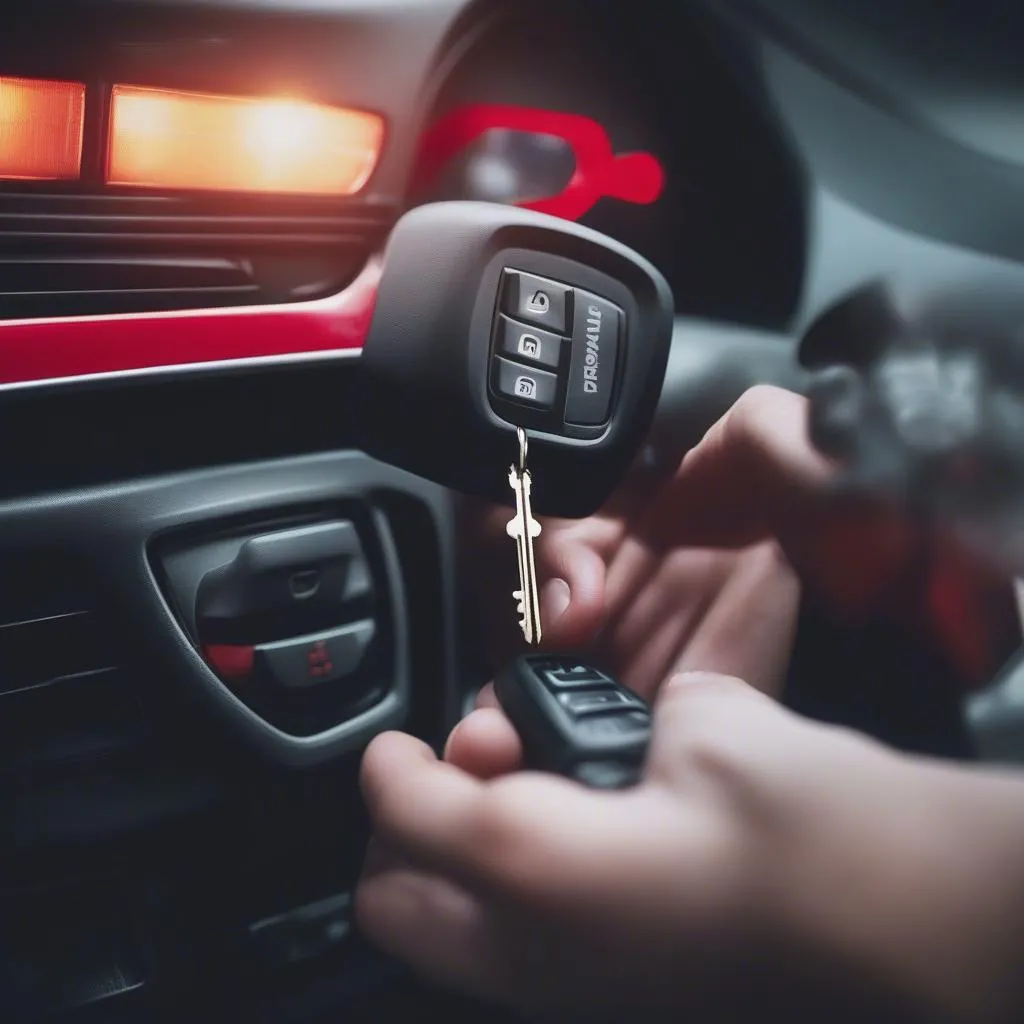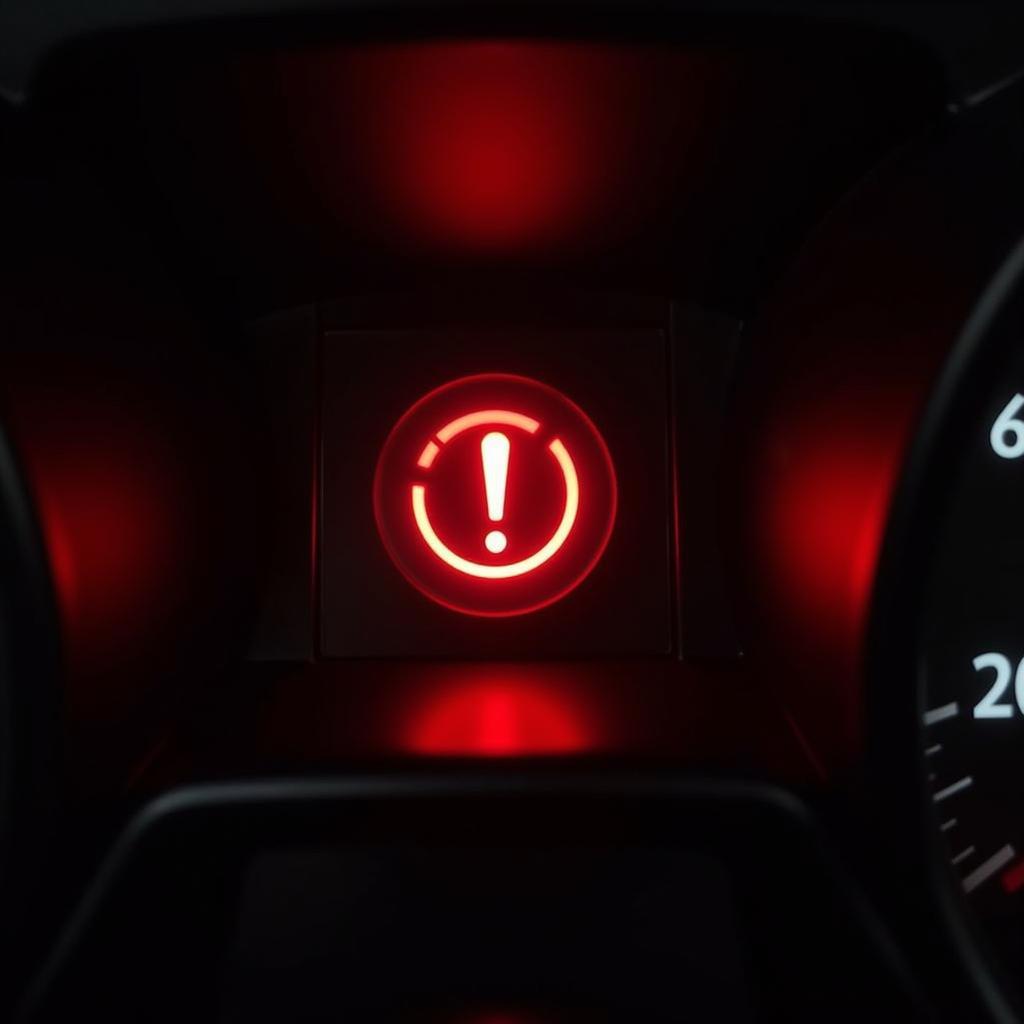Your brake warning light is a crucial safety feature designed to alert you to potential issues with your braking system. It’s important to understand what this light means and how to address the problem.
Common Causes of Brake Warning Lights
A brake warning light can be triggered by a range of issues, including:
- Low Brake Fluid: This is a common cause, as brake fluid levels can decrease over time due to normal wear and tear. Low brake fluid can lead to a loss of braking power, so it’s essential to address this issue promptly.
- Faulty Brake Pads or Shoes: Worn-out brake pads or shoes can also cause the warning light to illuminate. Worn brake pads will need to be replaced to ensure safe braking.
- Problems with the Brake System Sensors: These sensors monitor various aspects of the braking system, such as the brake fluid level, pressure, and temperature. If a sensor malfunctions, it can trigger the warning light.
- Electrical Issues: Sometimes, the brake warning light might be triggered by a faulty wiring connection or a problem with the light bulb itself.
How to Troubleshoot a Brake Warning Light
Here’s what you can do if your brake warning light comes on:
- Check the Brake Fluid Level: The first step is to check the brake fluid reservoir. If the fluid level is low, you’ll need to add more fluid. However, it’s crucial to consult a mechanic to determine the cause of the fluid loss before simply topping it off.
- Inspect the Brake Pads or Shoes: If the brake fluid level is adequate, it’s time to examine the brake pads or shoes. If they are worn, they will need to be replaced.
- Have the System Diagnosed: If the brake fluid level is good and the pads or shoes are in good condition, the issue could be more complex. In this case, it’s best to take your vehicle to a trusted mechanic for a diagnosis.
“A brake warning light is never something to ignore,” says [Name of Expert], a seasoned automotive technician. “Even if you feel like your brakes are working fine, the warning light could be an early sign of a developing problem.”
What to Do If You Lose Braking Power
If you experience a sudden loss of braking power, it’s crucial to take immediate action. Here’s what to do:
- Shift to a Lower Gear: Lower gears provide more engine braking, which can help slow your vehicle down.
- Apply the Emergency Brake: The emergency brake, also known as the parking brake, can help slow your vehicle down in an emergency.
- Look for a Safe Place to Stop: Try to find a safe location to pull over, such as a parking lot or shoulder of the road.
- Call for Assistance: Once you’ve safely stopped, call a tow truck or mechanic to help you get your vehicle repaired.
FAQs:
Q: Can I safely drive with a brake warning light on?
A: No, it’s not safe to drive with a brake warning light on. The warning light is a sign that there’s a problem with your braking system, which could compromise your safety.
Q: How often should I check my brake fluid level?
A: It’s a good idea to check your brake fluid level at least once a month.
Q: What should I do if my brake warning light comes on and I’m not sure what’s wrong?
A: If you’re unsure about the cause of the brake warning light, it’s best to take your vehicle to a mechanic for a diagnosis.
Q: How much does it cost to fix a brake warning light issue?
A: The cost to fix a brake warning light issue can vary depending on the cause and the type of repair needed. It’s best to consult with a mechanic for a quote.


